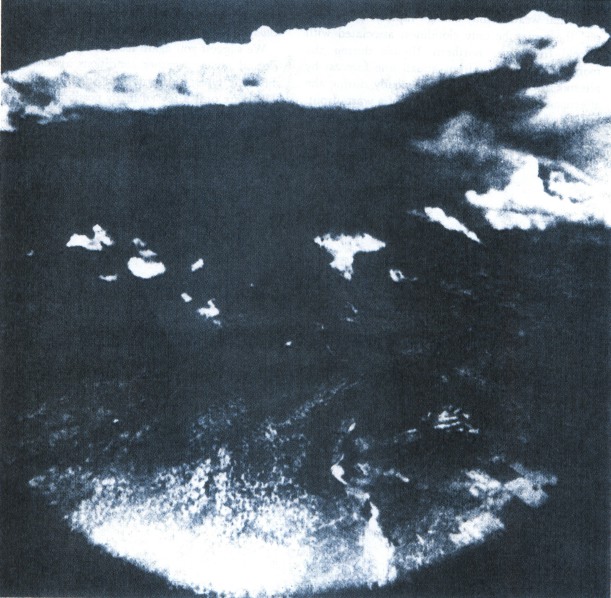Aviation Weather
full text of the classic FAA guide
FRONTS AND FLIGHT PLANNING
Surface weather charts pictorially portray fronts and, in conjunction with other forecast charts and special analyses, aid you in determining expected weather conditions along your proposed route. Knowing the locations of fronts and associated weather helps you determine if you can proceed as planned. Often you can change your route to avoid adverse weather.
Frontal weather may change rapidly. For example, there may be only cloudiness associated with a cold front over northern Illinois during the morning but with a strong squall line forecast by afternoon. Skies may be partly cloudy during the afternoon over Atlanta in advance of a warm front, but by sunset drizzle and dense fog are forecast. A cold front in Kansas is producing turbulent thunderstorms, but by midnight the upper flow is expected to dissipate the thunderstorms and weaken the front. A Pacific front is approaching Seattle and is expected to produce heavy rain by midnight.
A mental picture of what is happening and what is forecast should greatly aid you in avoiding adverse weather conditions. If unexpected adverse weather develops en route, your mental picture aids you in planning the best diversion. If possible, always obtain a good preflight weather briefing.
We suggest you again look at figures 67 through 75 and review weather conditions associated with different types of fronts and stability conditions. These are only a few of many possibilities, but they should give some help during preflight planning or inflight diversion.

Table of Contents
Previous Section: Fronts
Next Section: Turbulence
A PDF version of this book is available here. You may be able to buy a printed copy of the book from amazon.com.
